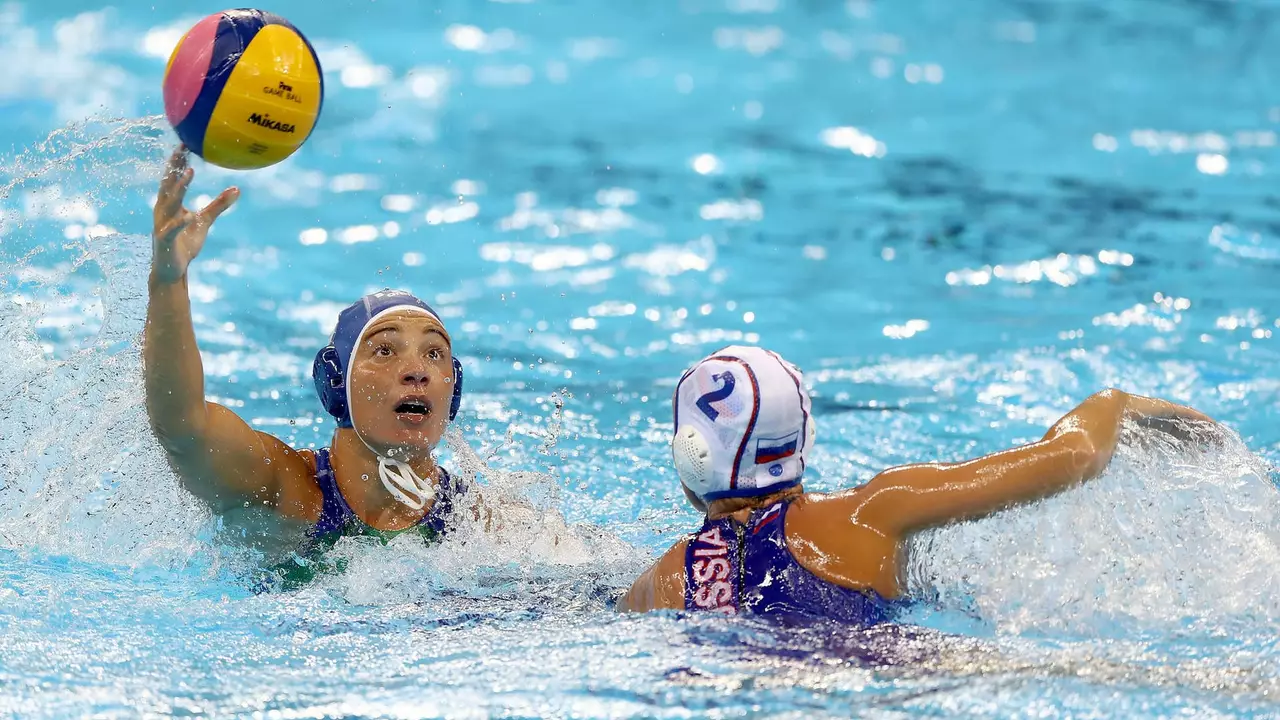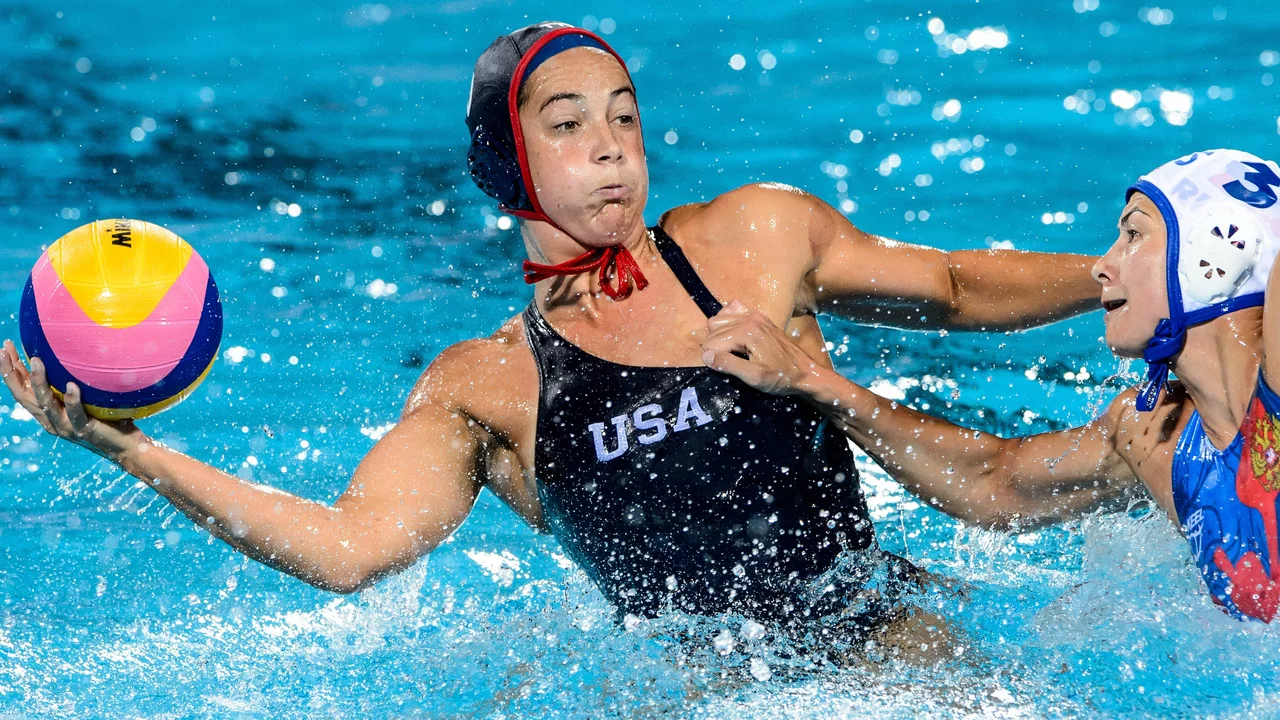Full Contact Sport: Definition, Risks, and Popular Games
When talking about full contact sport, any competitive activity where players routinely engage in physical collisions or direct body contact while playing. Also known as contact sport, it demands specific skills, equipment, and safety protocols to keep participants alive and thriving.
Polo, a fast‑paced horseback game played with mallets and a small ball exemplifies a full contact sport in a unique way. Players ride at 30‑40 mph, swing a heavy mallet, and navigate a field while jockeying for position. The horses themselves become part of the contact dynamic, meaning the sport blends human athleticism with animal handling. Because of the speed and the ball’s trajectory, injuries can be severe, prompting clubs to require helmets, chest protectors, and strict training regimes.
Rugby, a ground‑based team sport where tackling and scrums are integral to play is another textbook full contact sport. Unlike American football, rugby does not use extensive padding, so players rely heavily on technique and conditioning to reduce concussion risk. The sport’s governing bodies have introduced law changes—like high‑tackle penalties—to protect the neck and head, showing how rules evolve alongside safety concerns.
Safety gear, protective equipment designed to absorb impact and prevent serious injury is a cornerstone across all full contact sports. In polo, helmets meet aviation standards and chest protectors employ foam layers. Rugby players wear mouthguards, scrum caps, and padded shorts. Ice hockey adds visors and shoulder pads. The common thread is that proper gear reduces the frequency of fractures, concussions, and soft‑tissue injuries, allowing athletes to enjoy the sport longer.
Training, Cost, and Community Impact
Mastering a full contact sport requires dedicated training—strength, agility, and sport‑specific drills are non‑negotiable. Polo players spend hours grooming and exercising horses, learning mallet control, and practicing riding transitions. Rugby athletes focus on tackling technique, cardiovascular endurance, and positional awareness. Both sports invest heavily in coaching, medical staff, and insurance. This investment translates into higher participation costs, especially in polo where horse ownership, stabling, and equipment can run into thousands of pounds annually. Yet the sense of community, the thrill of competition, and the personal growth many players report often outweigh the financial outlay.
Below you’ll find articles that dig deeper into the price tag of polo, safety statistics for contact sports, the history of rugby’s rule changes, and practical tips for choosing the right protective gear. Whether you’re a curious newcomer or a seasoned player looking for fresh insights, the collection offers a balanced view of what it means to step onto the field—or the arena—of a full contact sport.
Is water polo a full contact sport?
In my exploration of water polo, I've found that it is indeed a full-contact sport. It's a physically demanding game where players are constantly jostling for position, blocking opponents, and even wrestling underwater. The intensity of the contact can vary, but it's a sport that demands physical strength, agility, and endurance. It's not a game for the faint-hearted, and it's definitely more than just throwing a ball into a net. So, yes, water polo is without a doubt a full-contact sport.
read moreIs water polo a full contact sport?
Water polo, guys, is indeed a full-contact sport and it's a lot more physically demanding than most people realize. Players are constantly tussling and jostling for position in the water, which requires a great deal of strength and stamina. Not to mention, they can't touch the bottom of the pool during gameplay, making it even more physically challenging. So, not only is it a game of skill and strategy, but it's also one of endurance and toughness. So, if you're looking for a sport that'll really test your limits, water polo might just be it.
read more
